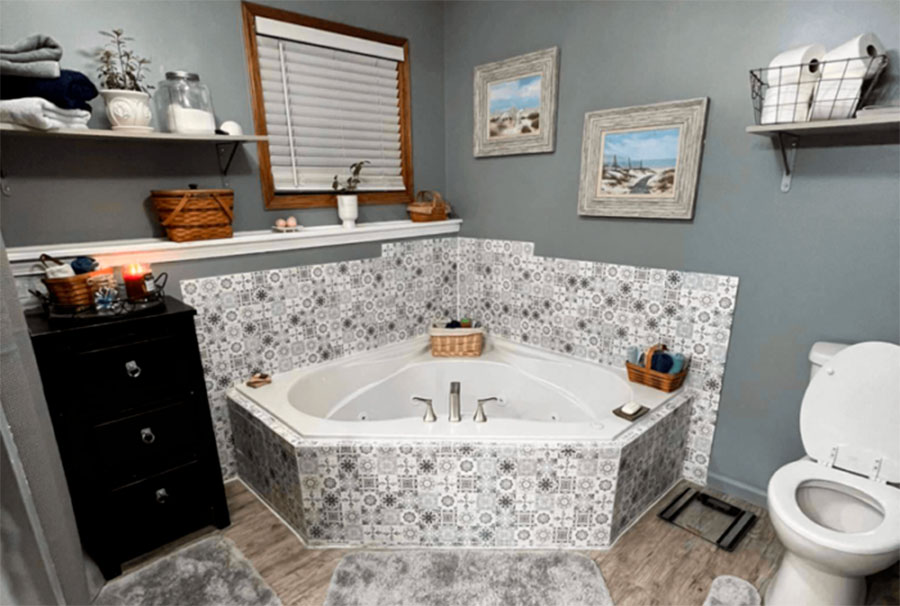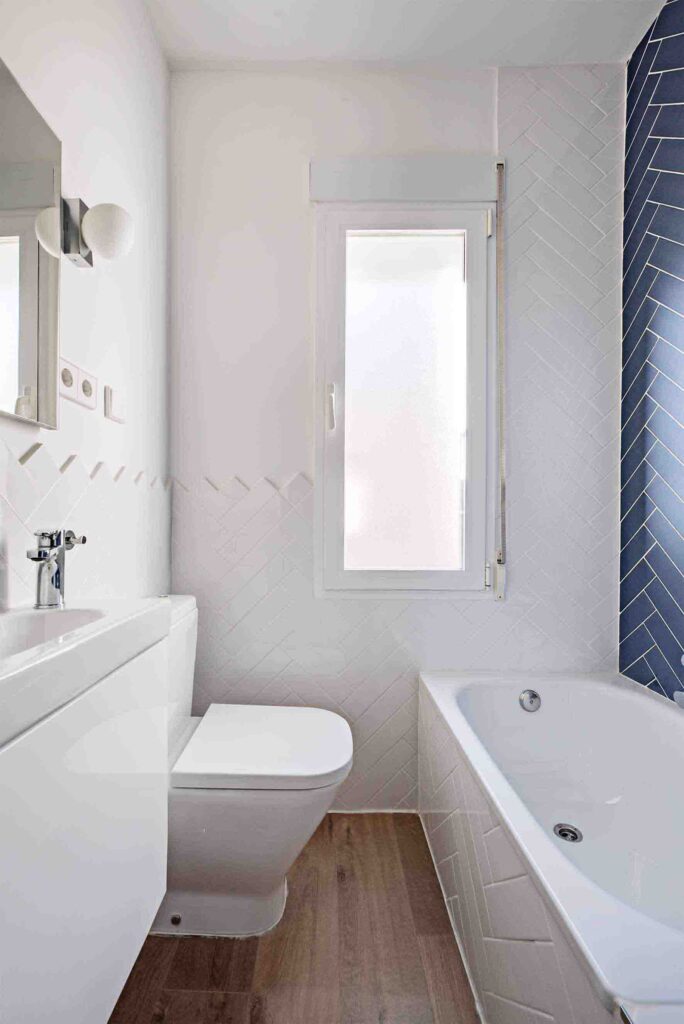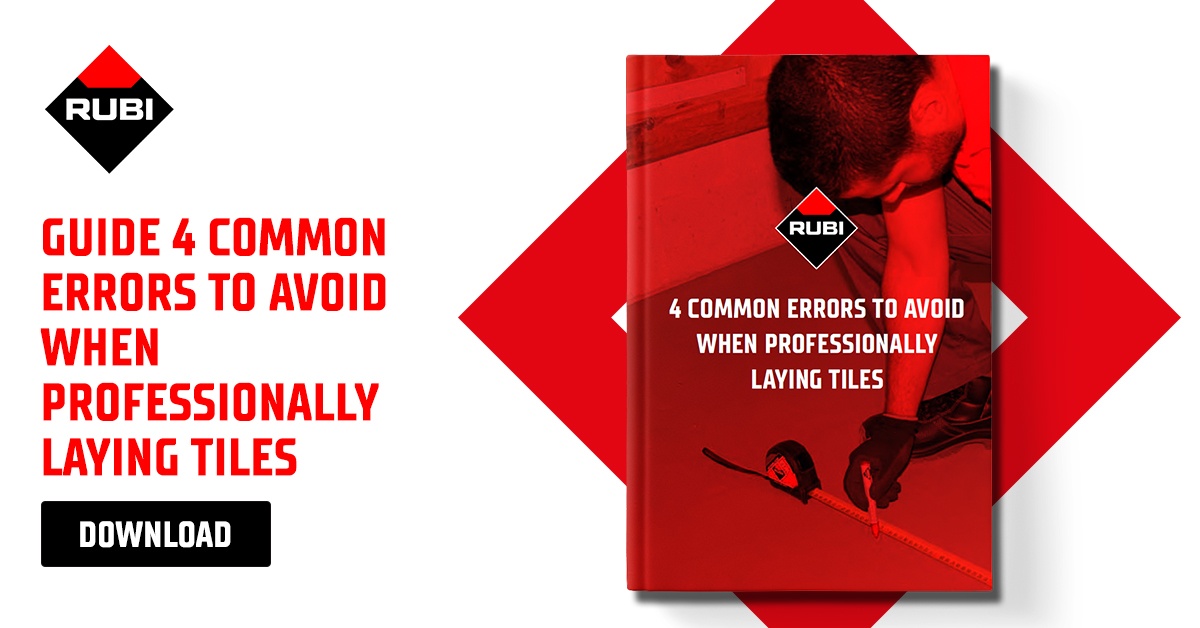Splish, splash, your bathtub’s looking trash? Time for a tile makeover! Whether you’re battling mold, dealing with dated decor, or just craving a fresh look, tiling your tub can transform your bathroom from drab to fab. Don’t let the thought of a DIY project make you sweat – with our easy steps, you’ll be channeling your inner handyman and creating a waterproof wonder of a tile installation in no time. Grab your tools and let’s dive into the world of grout and glamour! Read on to find out how to install tile in a bathtub.


1. Preparation and Surface Readiness
Properly preparing the surface ensures that the tiles adhere securely and prevents future issues like moisture infiltration, mold growth, or structural damage. One of the most critical aspects of preparation is ensuring that the shower substrate, such as a cement backer board, is correctly installed.
Cement backer boards offer superior durability and water resistance compared to regular drywall, making them ideal for high-moisture environments like showers. Before proceeding, check that the backer board is firmly in place, level, and free of anything that could affect the adhesive’s ability to bond with the tiles.
2. Substrate Inspection and Repair
Examine the walls for cracks, holes, or signs of water damage. If there are any weak spots or deteriorated areas, especially in older bathrooms, they must be addressed immediately. Mold is another critical issue to look out for, as it can compromise surface integrity and spread behind the tiles, leading to health risks and costly repairs.
Any damage should be repaired before tiling to ensure the walls are structurally sound.
3. Waterproofing
Even though ceramic tiles are water-resistant, grout lines and the substrate beneath the tiles are vulnerable to moisture penetration. Applying a waterproof membrane or vapor barrier to the backer board is essential to prevent moisture from seeping into the walls.
Once applied, allow the membrane to cure completely before moving on to tile installation. This step is crucial in creating a shower space that stands the test of time, keeping your walls dry and your tiles secure.

4. Tile Layout and Planning: Measuring and Dry Laying
Before you start DIY tile installation, carefully measure the entire bathtub area to determine the exact number of tiles you’ll need. Once you’ve measured, it’s highly recommended to dry lay the tiles to see how they will fit. This step helps you picture the bathroom layout and avoid small cuts at the edges or corners, which can look awkward and unbalanced.
Aim to position the tiles in a way that minimizes these small cuts, focusing on larger, more uniform pieces that create a cleaner, more cohesive look.
Use a level and a chalk line to mark clear horizontal and vertical guidelines on the walls. These guidelines will serve as reference points, helping you set the tiles straight and ensuring consistent spacing throughout the installation. Starting from the center of the wall and working outward is a common technique that allows for a balanced look.
5. Cutting and Setting Tiles
Depending on the type of cuts required, you can use a wet saw, tile cutter, or tile nippers. A wet saw is ideal for straight cuts and larger tiles, providing clean edges and reducing the chance of tiles chipping. For smaller, more precise cuts, particularly around pipes or fixtures, tile nippers or a manual tile cutter work well. When cutting around tricky areas like faucets or drains, it’s important to measure carefully and mark the tile before making any cuts.
Safety and precision are critical throughout the cutting process. Always wear safety goggles and gloves to protect yourself from flying debris or sharp edges. Take your time when cutting tiles.
When cutting, make sure the tile is securely positioned on the cutting tool to prevent any shifting, which could result in uneven cuts or injury. For complex cuts, especially curved ones, consider making multiple smaller cuts or scoring the tile in increments to achieve greater accuracy.

6. Applying Adhesive and Setting Tiles
When installing tiles easily in a bathtub area, using a high-quality, waterproof thin-set mortar is essential to ensure long-lasting adhesion in a wet environment.
To apply the mortar, use a notched trowel, which helps distribute the adhesive evenly on the wall. Spread a mortar layer over a small section of the wall, working in manageable areas to stop mortar from drying before you can set the tiles. It’s important to apply enough mortar to achieve full coverage behind each tile.
For larger tiles, back-buttering can help improve adhesion. Back-buttering involves applying a thin layer of mortar directly to the back of each tile in addition to the mortar already on the wall.
Once the adhesive is applied, begin setting the tiles by pressing them firmly into place, starting at the bottom center of the wall and working outward. Tile spacers are crucial for maintaining even spacing between tiles, which allows for consistent grout lines later. As you work, regularly check that each tile is level and aligned with your chalk lines.
7. Bathroom Tile Tips: Grouting and Finishing Touches
For bathroom environments, it’s crucial to use a waterproof, mold-resistant grout to withstand constant exposure to moisture. Begin by mixing the grout as the instructions specify, ensuring it reaches a smooth, consistent texture.
When applying the grout, use a grout float to press the mixture firmly into the joints, working diagonally across the tiles to ensure the grout fully fills the spaces between them.
After the grout has fully cured, it’s essential to seal the grout lines with a high-quality penetrating sealer. This step provides an additional protective barrier, guarding against moisture infiltration and staining.
Periodic resealing is necessary to keep the grout’s protective barrier intact. Depending on the type of sealer, resealing may be needed every 6 to 12 months to maintain maximum protection.
How To Install Tile in a Bathtub: Start Today
There’s so much that goes into how to install tile in a bathtub. This bathtub tiling guide should make your life a lot easier!
Are you ready to start shopping to make your home renovation ideas a reality? RUBI ensures quality, efficiency and creativity with our high-quality and easy-to-use products.
Get in touch with us today.


Post a comment